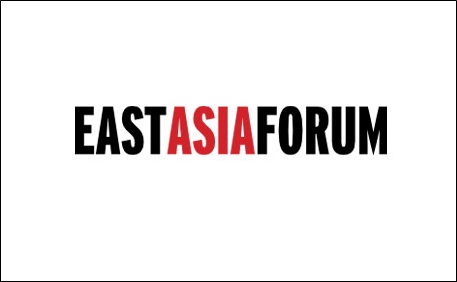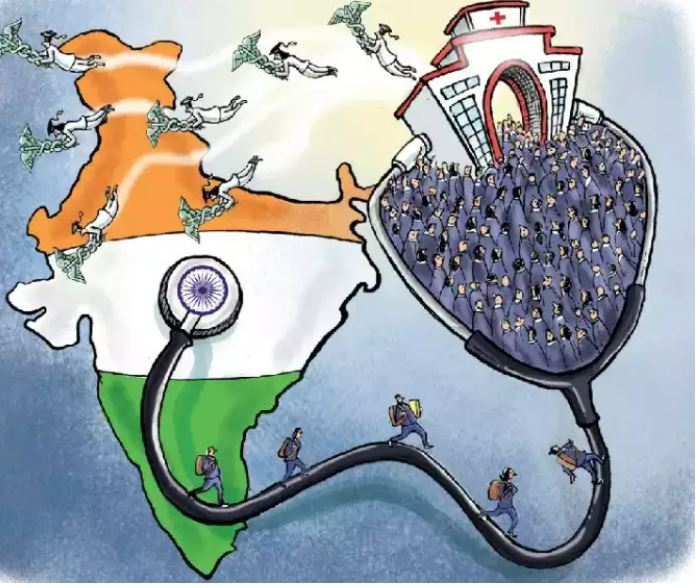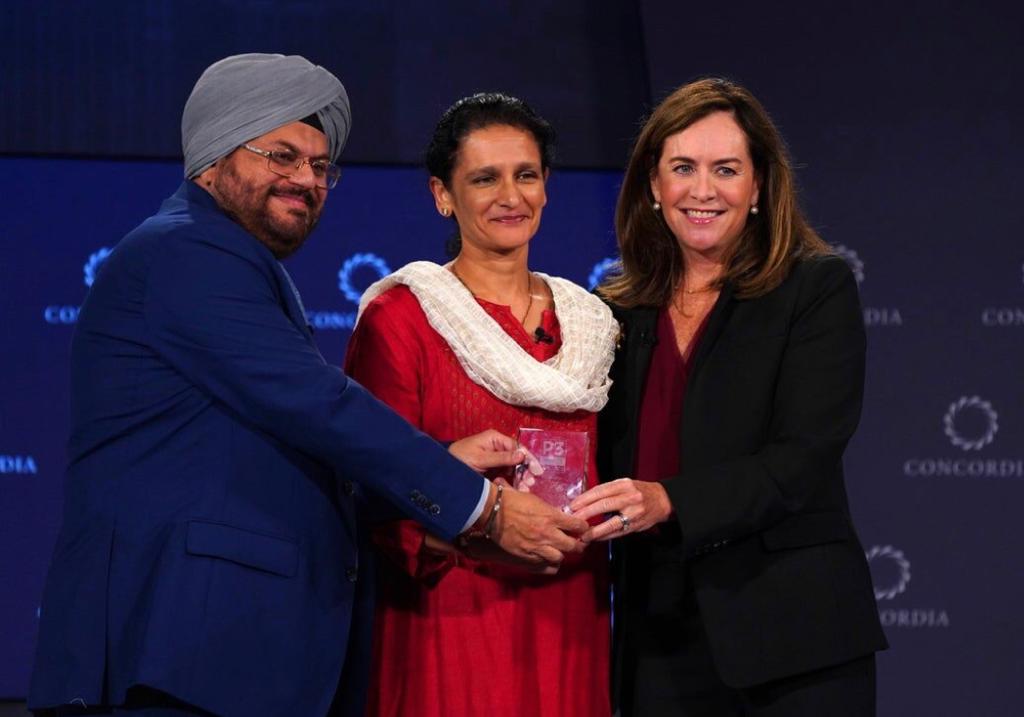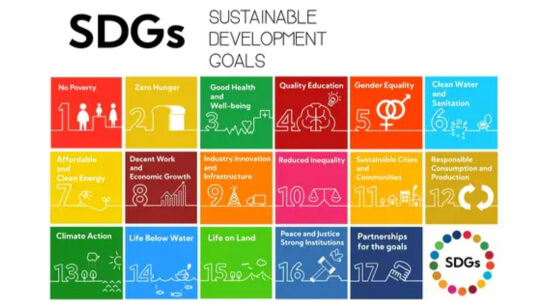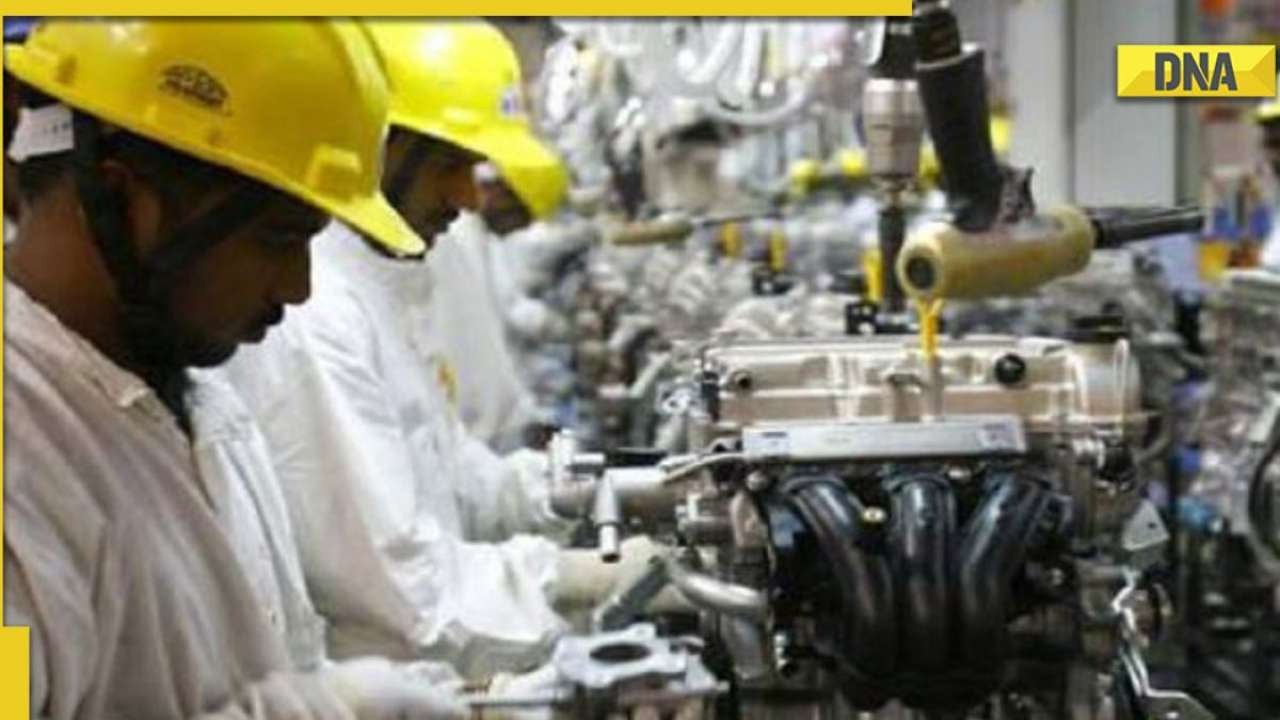India’s 2015–2020 foreign trade policy aims to increase merchandise exports from US$450 billion in 2013–14 to US$750 billion by 2020. This will be difficult to achieve. More than a year of negative exports growth has raised concerns about India’s ability to not only boost exports but also to achieve and sustain its current 8 per cent growth rate.
To combat these concerns, the Ministry of Commerce and Industry announced a new initiative to build mega Coastal Economic Zones (CEZs) and reform existing Special Economic Zones (SEZs). This could well give India’s exports a much-needed boost. But proper planning, monitoring and evaluation systems will be critical if India is to achieve the desired results.
In the absence of this, SEZs will continue to underperform in terms of exports, employment and land acquisition — leading to huge losses in potential revenue. And there is no guarantee that the planned CEZs will be any different. Unless concrete steps are taken to ensure they are effective and performance-oriented, CEZs will be another failed experiment — just like Export Oriented Units (EOUs) and SEZs.
In 1965 India became the first country in Asia to set up an Export Processing Zone. In 1980 the EOU scheme was introduced to boost manufacturing, and thereby exports, of value-added products. But the scheme has not been successful. Audits by the Comptroller and Auditor General of India (CAG) in 2007 and 2015 found that a large number of EOUs are not fulfilling their obligations. And the share of India’s exports from EOUs has been steadily declining. In 2011–12 EOUs even had a negative impact on export growth due to the withdrawal of tax benefits.
There are a plethora of reasons for EOUs’ poor performance. Complexities arising from the size of the project were exacerbated by a lack of entrepreneurial talent, interest from local stakeholders and promotion. The scheme also suffered from various systemic flaws. Annual performance reports were not submitted on time, there was a lack of relevant data relating to domestic tariff area sales, duty was foregone and the internal audit system was disorganised.
Ambiguous provisions for EOUs further resulted in non-compliance and misrepresentation, operational malfunction and tax revenue loss. The EOU scheme needs to be revised according to the requirements of the changing global environment. Special provisions should be made to ensure they function properly and their contribution to boosting exports is effectively monitored.
The performance of India’s SEZs has also been disappointing. Following China’s success in implementing SEZs, India’s export–import policy for 2000 laid out a regulatory framework for the development of SEZs, which was eventually formalised as the SEZ Act in 2006. The goal was to promote exports, attract investment, create employment opportunities and give momentum to themanufacturing sector. The Act provides for income tax holidays, indirect tax exemptions and other benefits to incentivise economic activities in SEZs.
But SEZs have largely failed to meet these goals. The 2014 CAG report sampled 152 SEZs and found widespread underperformance on targets in exports, employment and investment. The CAG and the Ministry of Finance both reported that SEZs in India had availed large tax concessions. And the Income Tax Department did not find any signs of tax planning to encourage productivity and innovation.
Reforming SEZs requires implementing measurable performance indicators, integrating SEZ policy with the sectoral and state policies, and benchmarking the SEZ life-cycle for comparison purposes. India should further monitor non-operational SEZ units and ensure efficient use of land within SEZs. India could provide additional incentives for high-performing SEZ units by reviewing tax benefits along with achievements. Establishing proper monitoring systems for both internal auditing and database management is also crucial.
The recent initiative by the government to set up CEZs and reform SEZs is a welcome move. CEZs are well suited to boost economic trade as these areas provide low trade and transaction costs. Reducing the minimum alternative tax to 7.5 per cent — or removing it altogether — may attract increased investment and land use in SEZs, thereby increasing India’s exports. As could extending the sunset clause for tax incentives and allowing for domestic tariff areas. But the bottom line is that a lack of robust policy design, efficient implementation and effective monitoring has seriously jeopardised India’s efforts.
Given India’s experience with EOUs and SEZs, it is vital that CEZs are properly designed. It all boils down to proper implementation. If properly implemented with effective monitoring and performance evaluation, SEZs and CEZs could prove to be an engine of growth for the Indian economy. If not, they too will fail to boost manufacturing and exports.
Geethanjali Nataraj is a senior fellow at the Observer Research Foundation and a policy lead in the Knowledge Partnership Programme between IPE Global and DFID-India.




